Whether it’s ski season injuries, weekend sports accidents, or aging populations needing joint care, spikes in volume are part of the game. But when these spikes overwhelm your systems, the consequences can be costly: long wait times, staff burnout, dropped referrals, and missed revenue.
That’s where AI comes in.
AI-powered systems are helping orthopedic clinics stay agile and efficient during high-volume periods — without adding headcount. In this article, we’ll break down how AI helps handle demand surges across the full orthopedic care journey.
Why Volume Surges Hurt More in Orthopedics
Unlike primary care or general urgent care, orthopedic visits often require:
- Complex imaging and diagnostic workflows
- Surgical scheduling coordination
- DME (Durable Medical Equipment) management
- Detailed documentation for payers
During volume surges, front and back-office staff can’t keep up with the administrative burden that comes with these visits. As a result:
- Patients wait longer for care or abandon appointments
- Staff make documentation errors under pressure
- Clinics lose revenue from missed billing opportunities
- Physician burnout increases due to paperwork overload
To manage this without burning out your team, you need scalable systems — and AI delivers exactly that.
Where AI Makes a Difference During Surges
AI doesn’t just automate tasks; it proactively manages workflow bottlenecks and reduces load on your team. Here are key areas where AI supports orthopedic clinics during peak demand:
1. Automated Intake and Eligibility Verification
During surges, intake becomes the first choke point. AI agents can:
- Pre-fill forms from scanned documents or patient portals
- Run real-time insurance eligibility checks
- Flag missing or invalid data before a patient even arrives
This prevents delays at the front desk and reduces time spent troubleshooting coverage issues mid-visit.
2. Referral Intake Triage
With referral volumes rising alongside walk-ins, AI can parse and prioritize incoming referrals by urgency, insurance match, and required documentation.
Example: A Honey Health AI co-worker can read faxed referrals, extract key details, check eligibility, and automatically schedule qualified patients into open slots.
3. Chart Prep and Documentation Support
AI agents can assist with:
- Pulling prior imaging or visit notes from the EHR
- Preparing pre-visit charts for new and existing patients
- Drafting encounter notes for provider review
This reduces provider prep time and ensures they hit the ground running — even in back-to-back consults.
4. Post-Visit Automation
After the visit, AI helps with:
- Prior authorization submissions
- DME documentation prep
- Refill and follow-up order handling
- Faxing instructions to PTs or other providers
By automating these tasks, your staff has more time to focus on patient care — not admin overflow.
Real Results from AI in Surge Management
Orthopedic clinics using AI report benefits like:
- 40–70% reduction in manual documentation workload
- Faster patient throughput, especially during weekend or seasonal rushes
- Fewer missed or delayed referrals, improving access to care
- Improved staff retention, thanks to reduced burnout
Choosing the Right AI Partner
When evaluating AI platforms for managing surges, look for:
FeatureWhy It MattersWorkflow-specific AI agentsAvoid generic tools — you need agents built for orthopedic intake, referrals, scheduling, and documentation.EHR integrationYour AI platform should sync with Epic, NextGen, athenahealth, or whatever system you use.ScalabilityThe platform should be able to scale up during spikes without needing to hire extra staff.Real-time triage and data parsingFaster decisions = faster care.
Why Honey Health Stands Out
Honey Health specializes in orthopedic automation. Its AI co-workers can:
- Manage spikes in referrals and intake paperwork
- Automate chart prep, insurance verification, and surgical workflows
- Coordinate follow-up communications and DME forms
- Integrate deeply with your EHR and practice management systems
It’s not just automation — it’s intelligence applied to the right tasks at the right time.
The Bottom Line
You don’t need to fear volume surges anymore. With AI, orthopedic clinics can handle rising demand with confidence — without sacrificing quality of care or staff well-being.
Instead of adding more manual labor, add smarter systems. AI co-workers don’t get tired, overwhelmed, or burned out. And they free your human staff to do what they do best: deliver outstanding orthopedic care.

.png)
